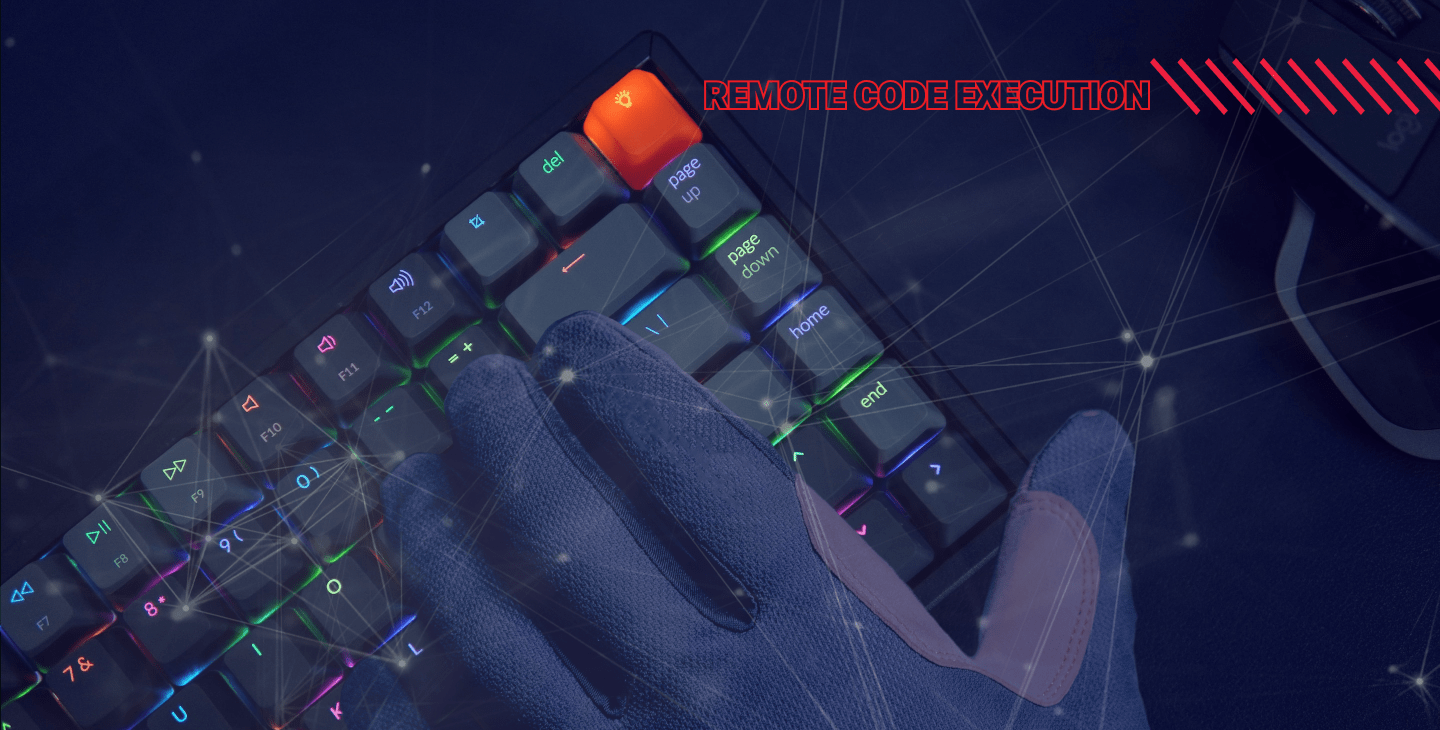Identifying and mitigating remote code execution vulnerabilities requires a multi-layered approach that combines secure coding practices, configuration management, vulnerability scanning and patching, and ongoing monitoring. Here are some effective methods for identifying and mitigating RCE vulnerabilities:
Secure coding practices
Take precautions against typical programming mistakes that might result in remote code execution vulnerabilities, such as buffer overflows, integer overflows, and format string vulnerabilities, by adopting secure coding standards. Review the code for security flaws on a regular basis and employ scanning tools.
Input validation and sanitization
Sanitize and validate all user input to stop harmful code from being inserted. Whitelist input validation and regular expression libraries can be used to check that data is clean and free of dangerous code.
Secure configuration management
Make sure there are no unused services or ports open on any network devices, and that all systems and apps are properly set for security. Automate this procedure with configuration management software.
Network security controls
Firewalls, intrusion prevention systems, and web application firewalls are just a few of the network security controls that may be put in place to either block or identify malicious traffic that could lead to remote code execution assaults.
Vulnerability scanning and patching
Regularly scan for vulnerabilities in your systems and applications using vulnerability scanners, and patch or update any identified vulnerabilities promptly. Ensure that patch management practices are well-defined, tested, and efficient.
Application security testing
Conduct regular application security testing, including penetration testing and vulnerability assessments, to identify any security weaknesses before attackers can exploit them.
Log monitoring
Keep an eye on the system and application logs for any unusual behavior that could point to a remote code execution attack. You can quickly discover risks by using log aggregation tools and anomaly detection methods.
Responsible disclosure
Establish a responsible disclosure policy that encourages security researchers and other stakeholders to report vulnerabilities to your organization in a responsible manner. This can help to mitigate the risk of RCE attacks by allowing vulnerabilities to be addressed before attackers can exploit them.
Securing containerized environments
Securing containerized environments can help with remote code execution (RCE) detection by providing a more isolated and secure environment for applications to run in. Here are some ways in which securing containerized environments can help with RCE detection:
-
Reduced attack surface: Containers are designed to be small, lightweight, and self-contained, which means that they have a smaller attack surface than traditional virtual machines or physical servers. This reduces the risk of RCE attacks by limiting the amount of code that an attacker can potentially exploit.
-
Isolation: Containers provide a higher degree of isolation than traditional virtual machines, which can help to limit the impact of an RCE attack. Each container runs in its own isolated environment with its own file system, network stack, and processes, which makes it more difficult for an attacker to move laterally within the network.
-
Immutable infrastructure: Containerized environments can be designed to use immutable infrastructure, which means that containers are built from a known set of files and configurations that are never changed once the container is running. This reduces the risk of RCE attacks by preventing an attacker from modifying the container's configuration or files.
Overall, it is important to note that identifying and mitigating RCE vulnerabilities requires ongoing attention and effort, and it is essential to stay up-to-date on the latest security trends and best practices to stay ahead of emerging threats.



